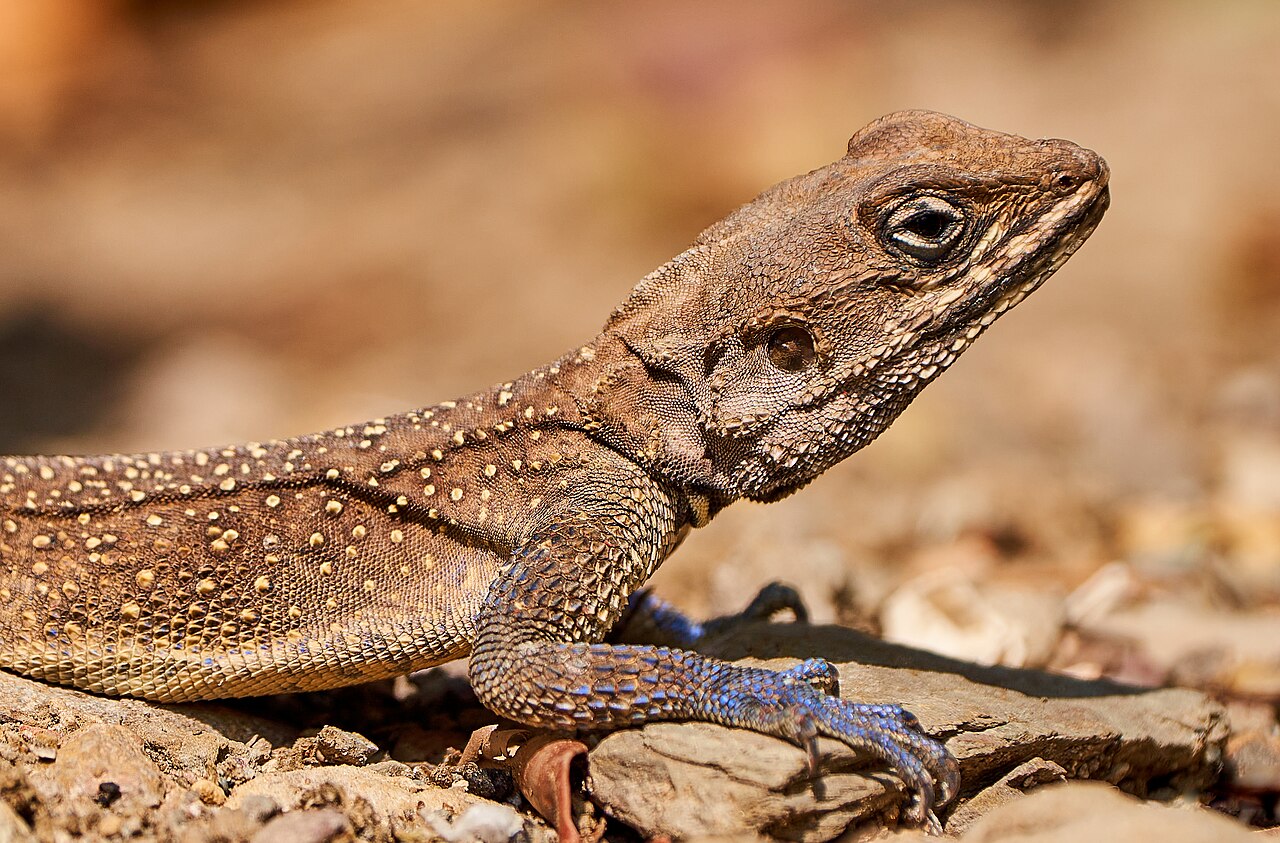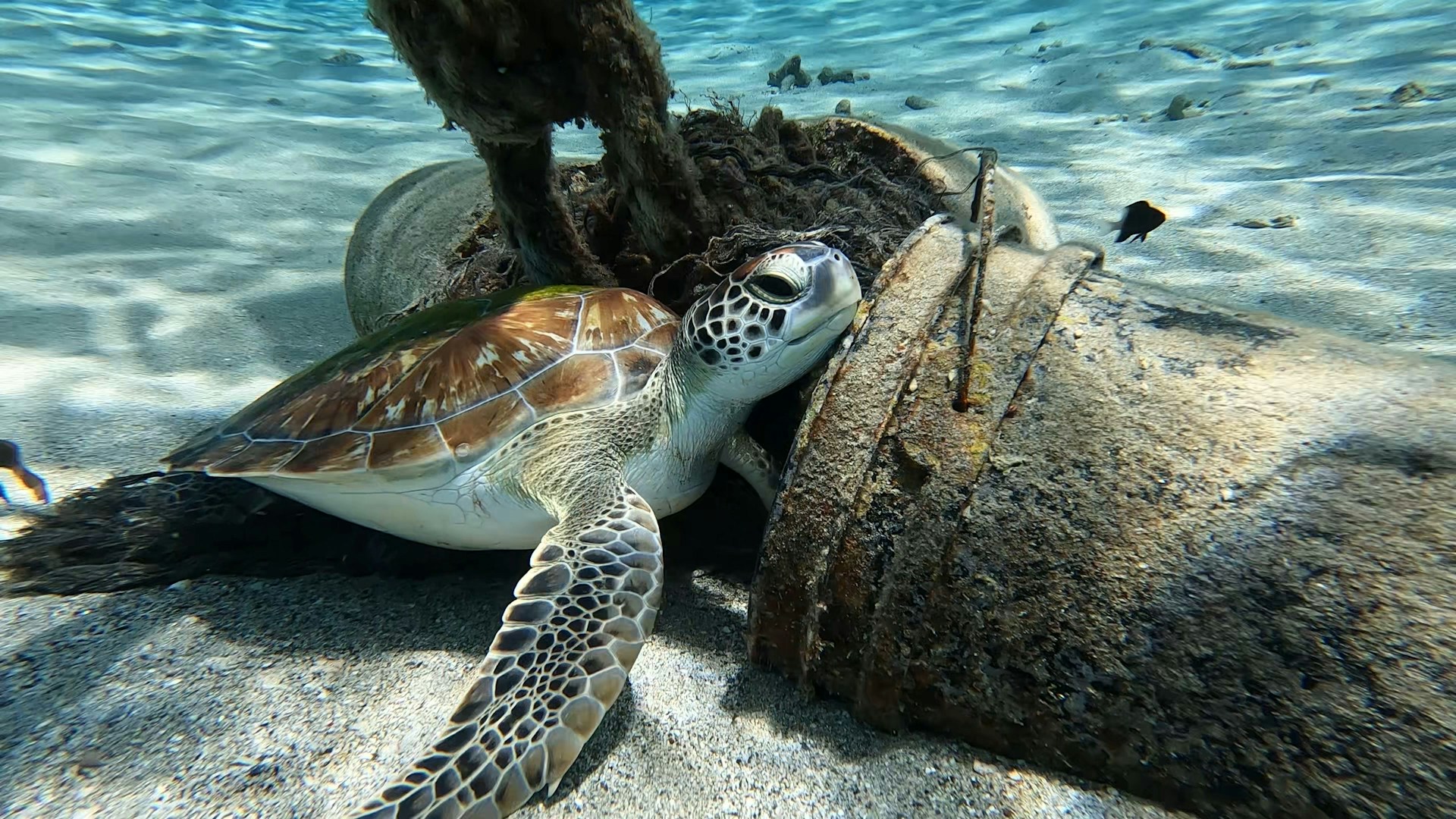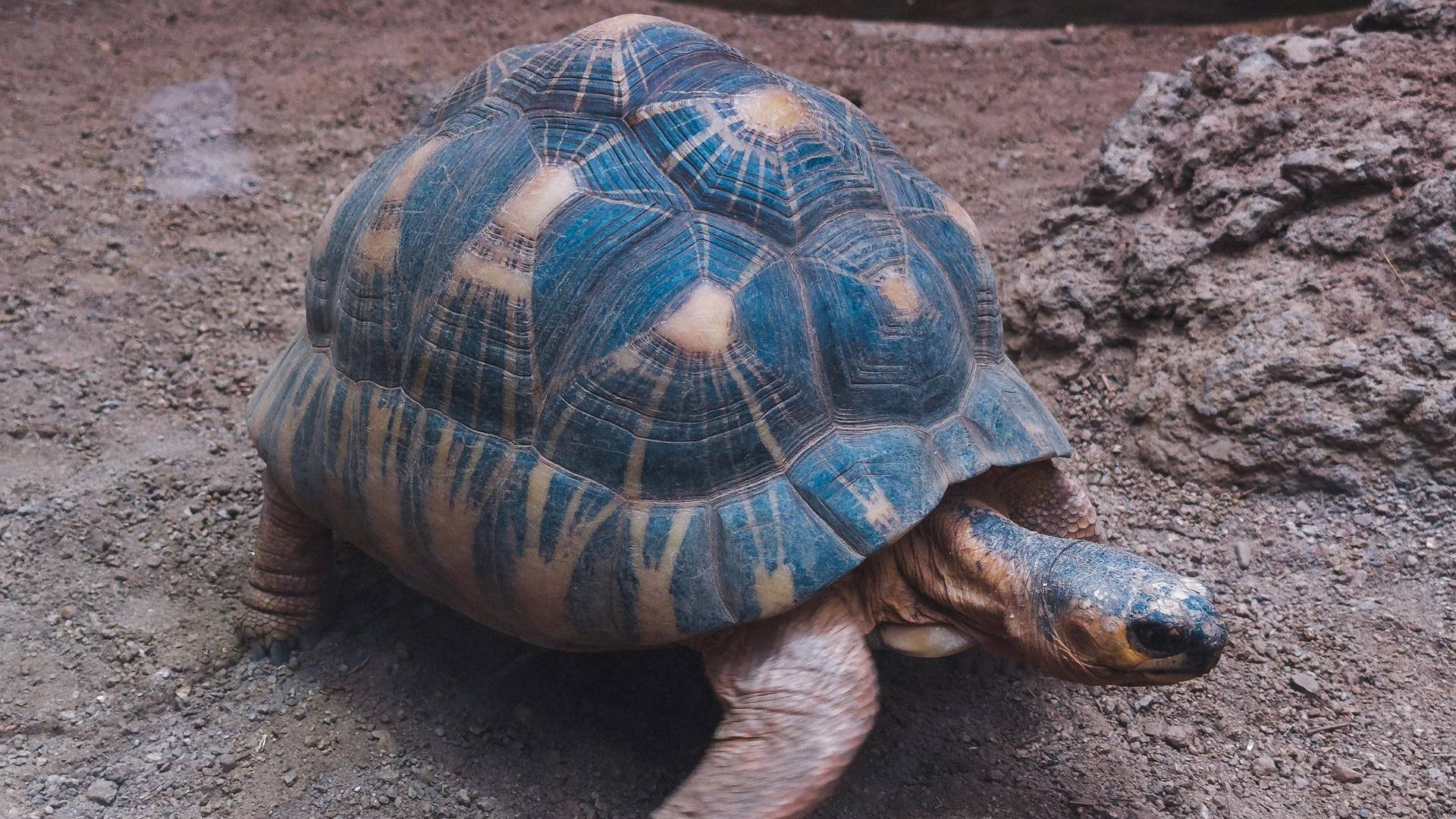In a world increasingly affected by climate change, certain species demonstrate remarkable resilience in the face of extreme conditions. Reptiles, having survived for over 300 million years through numerous climatic shifts including the catastrophic event that eliminated dinosaurs, possess unique adaptations that may help them weather our warming planet. These cold-blooded survivors have evolved extraordinary physiological and behavioral mechanisms to endure scorching deserts, freezing tundras, and everything in between. As global temperatures rise and habitats transform, scientists are closely studying these remarkable creatures to understand which species might persist through climate change and what their survival strategies might teach us. This article explores the most extreme climate-surviving reptiles and examines whether their evolutionary adaptations will be sufficient to navigate the unprecedented rate of human-induced global warming.
Desert Specialists: Masters of Heat and Drought
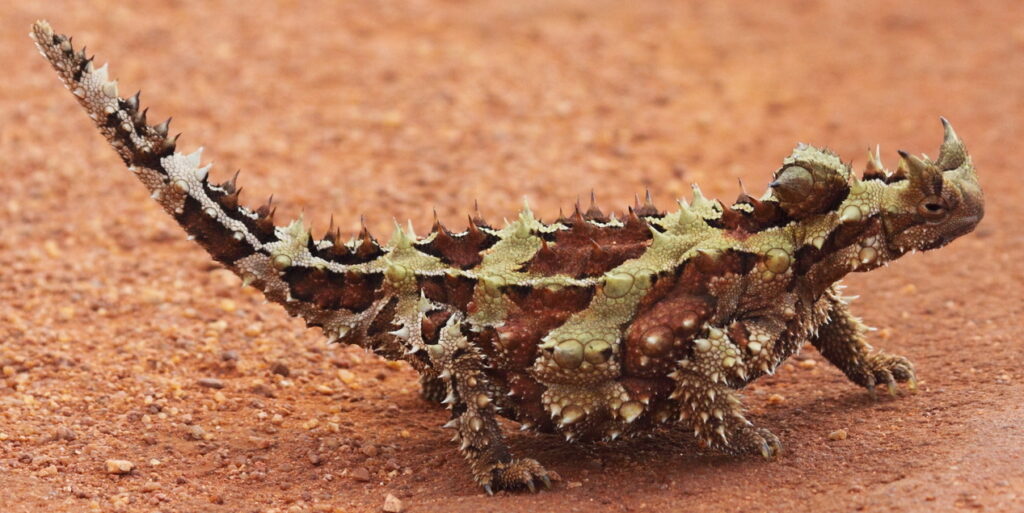
The thorny devil (Moloch horridus) of Australia’s central deserts has evolved one of the most sophisticated water collection systems in the animal kingdom. Its entire body serves as a water collection device, with microscopic channels between its scales that draw moisture through capillary action from any part of its body to its mouth—allowing it to harvest morning dew or even moisture from sand. These lizards can survive in regions receiving less than 6 inches of rainfall annually, where temperatures regularly exceed 120°F (49°C). Their specialized skin allows them to change color for thermoregulation, becoming lighter during extreme heat to reflect sunlight. Despite their impressive adaptations, thorny devils face challenges as climate change brings longer droughts that may exceed even their remarkable water conservation abilities, threatening the insect populations they depend on for food.
The Freeze-Tolerant Wood Frog: Nature’s Antifreeze Specialists
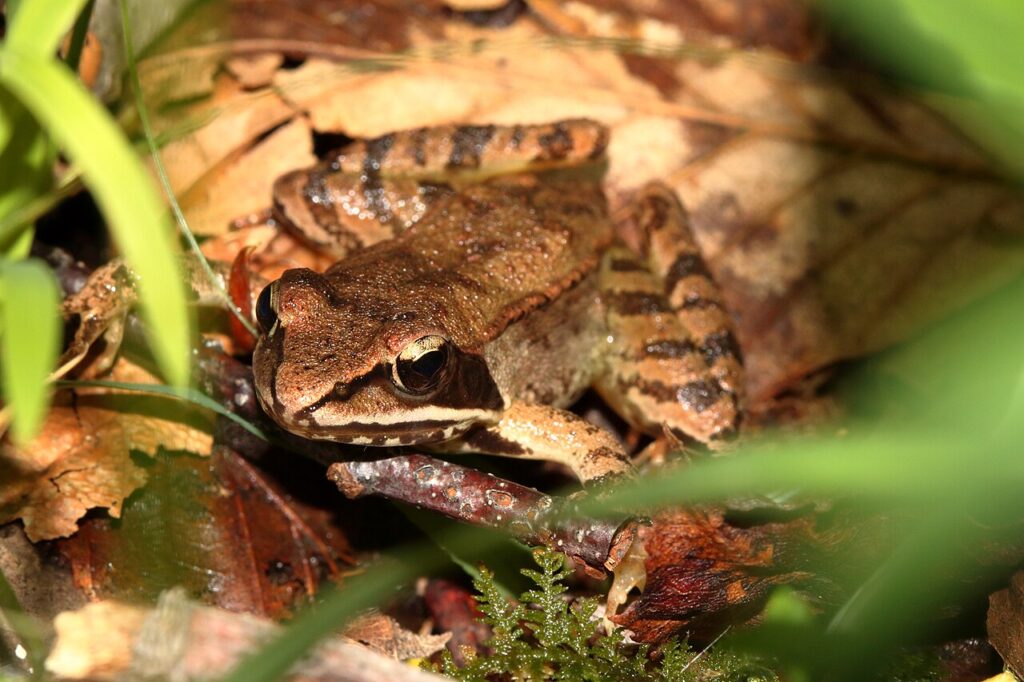
While technically amphibians rather than reptiles, wood frogs (Lithobates sylvaticus) demonstrate adaptation extremes worthy of mention in any discussion of cold climate survival. These remarkable creatures can survive being frozen solid for weeks at a time, with up to 65% of their body water converted to ice while their hearts and respiration completely stop. They accomplish this seemingly impossible feat by flooding their cells with glucose and urea, which acts as a natural antifreeze preventing cellular damage. Wood frogs ranged as far north as the Arctic Circle, making them the most cold-adapted amphibians on Earth. However, the inconsistent freeze-thaw cycles resulting from climate change may disrupt their carefully evolved winter survival strategy, as premature thawing followed by refreezing can deplete their energy reserves and leave them vulnerable to predation.
Marine Iguanas: Darwin’s “Imps of Darkness”
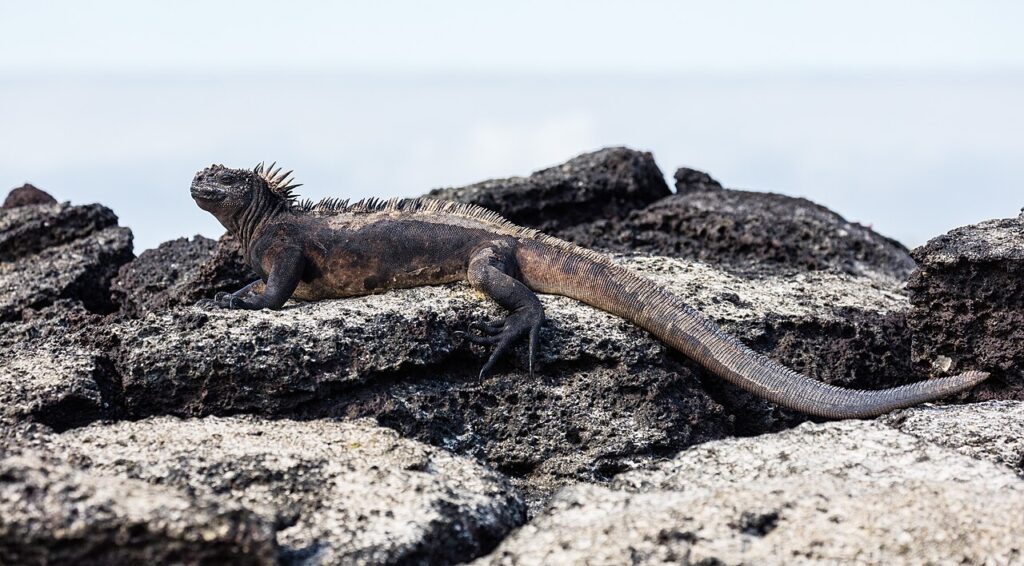
The marine iguanas (Amblyrhynchus cristatus) of the Galápagos Islands represent the only seagoing lizards on Earth, having evolved to dive up to 30 feet deep to graze on algae in the cold Pacific waters. Their remarkable ability to switch between marine and terrestrial environments involves a suite of adaptations including specialized nasal glands that expel excess salt, powerful tails for swimming, and specialized claws for holding onto rocks in strong currents. Perhaps most impressively, these iguanas can shrink their bones and overall body length by up to 20% during food shortages—then regrow when conditions improve. Research has shown that during El Niño events, which climate change may intensify, marine iguanas can reduce their body length by as much as 6 centimeters, demonstrating a physiological flexibility that might help them weather changing ocean conditions better than many species.
The Australian Water-Holding Frog: Underground Survivors
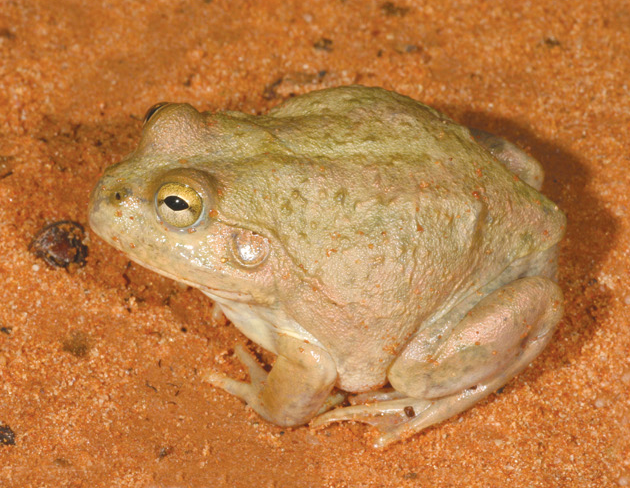
The water-holding frog (Cyclorana platycephala) of Australia’s arid regions has mastered the art of surviving years-long droughts through a remarkable adaptation known as estivation. When dry conditions arrive, these frogs burrow deep underground and encase themselves in a waterproof cocoon made from layers of their own shed skin, leaving only their nostrils exposed. They can remain in this suspended animation state for years, with their metabolic rate slowing to just 1/3 of normal. These remarkable frogs store water in their bladders and specialized body cavities, which Aboriginal Australians traditionally used as emergency water sources in the desert. As climate change intensifies drought cycles in Australia, these frogs’ ability to withstand extended dry periods may prove crucial for their survival, though the question remains whether there are limits to even their extraordinary capacity for dormancy.
Leatherback Sea Turtles: The Temperature-Regulating Giants
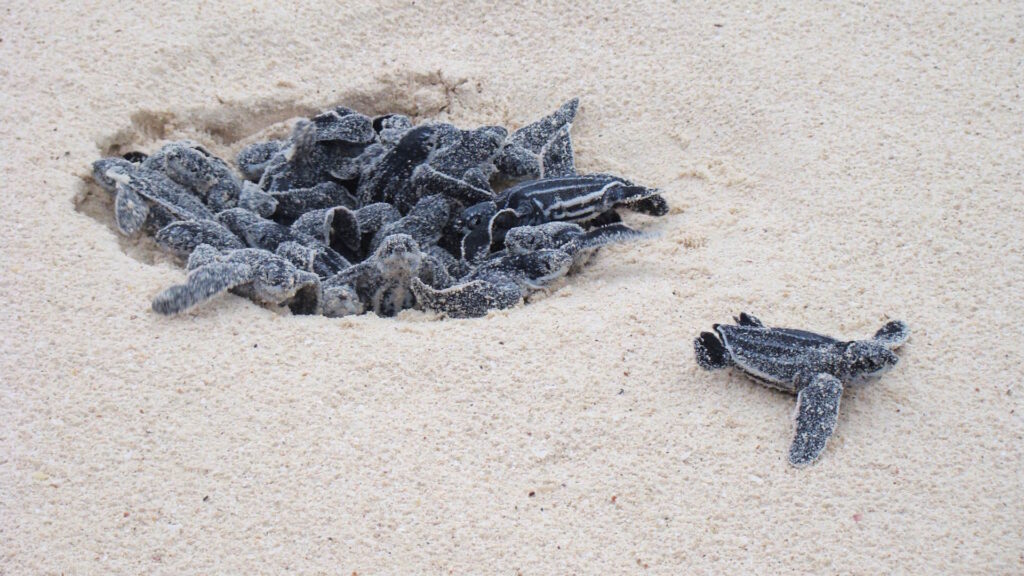
Leatherback sea turtles (Dermochelys coriacea) are Earth’s most wide-ranging reptiles, navigating between tropical nesting beaches and subarctic feeding grounds where water temperatures plunge below 40°F (4°C). Unlike other reptiles, leatherbacks maintain body temperatures up to 18°F (10°C) above the surrounding water through specialized adaptations including countercurrent heat exchangers in their flippers, a thick layer of oil-infused fat, and large body size that conserves heat. These ancient mariners represent an evolutionary lineage over 100 million years old that has survived multiple climate catastrophes. As ocean temperatures rise, leatherbacks may find formerly inhospitable northern waters increasingly accessible, potentially extending their range—though warming nesting beaches threaten their reproduction by skewing sex ratios toward females and reducing hatching success on increasingly hot sands.
Tuatara: Living Fossils with Extreme Longevity
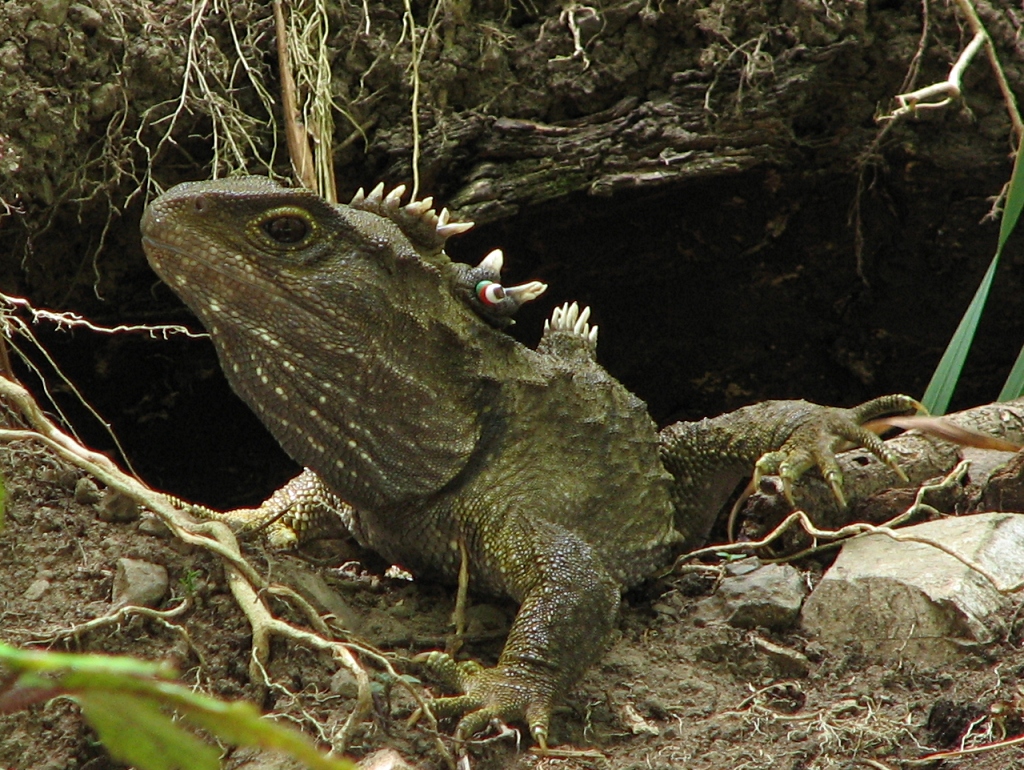
New Zealand’s tuatara (Sphenodon punctatus) represents the sole survivor of an ancient reptile order that diverged from other reptiles over 250 million years ago, making them living fossils with unique adaptations to cold climates. These remarkable creatures can remain active at temperatures as low as 45°F (7°C), far cooler than most reptiles can tolerate, and they possess the slowest growth rate of any reptile—continuing to grow for their entire 100+ year lifespan. Tuatara possess a primitive “third eye” on the top of their head that helps regulate their exposure to sunlight for optimal thermoregulation. Despite weathering millions of years of climate fluctuations, tuatara face a modern challenge: temperature-dependent sex determination makes them vulnerable to producing predominantly male offspring as temperatures warm, potentially leading to population collapse if warming continues at projected rates.
Death Valley’s Desert Pupfish: Masters of Extreme Waters
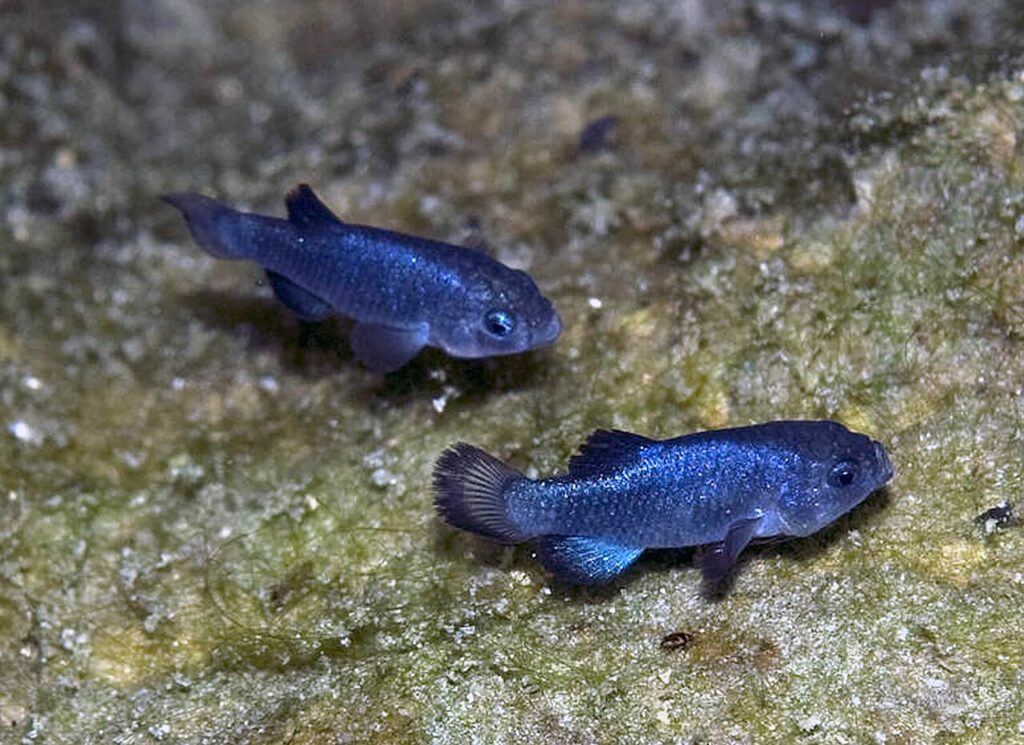
The Devils Hole pupfish (Cyprinodon diabolis) exists in a single limestone cavern in Death Valley where water temperatures hover around 93°F (34°C)—near the upper thermal limit for any vertebrate life. These tiny fish survive in one of the most restricted habitat ranges of any vertebrate, with a wild population sometimes numbering fewer than 100 individuals. Remarkably, they’ve evolved to tolerate oxygen levels that would suffocate most fish, water salinity three times higher than seawater, and daily temperature fluctuations that would kill most aquatic organisms. Despite surviving isolated in their extreme habitat for thousands of years, these specialized fish now face a precarious future as climate change threatens to push water temperatures and evaporation rates beyond even their extraordinary tolerance limits, potentially making them early indicators of climate thresholds that challenge even the most resilient species.
Australian Central Bearded Dragon: Sex-Switching Climate Responders
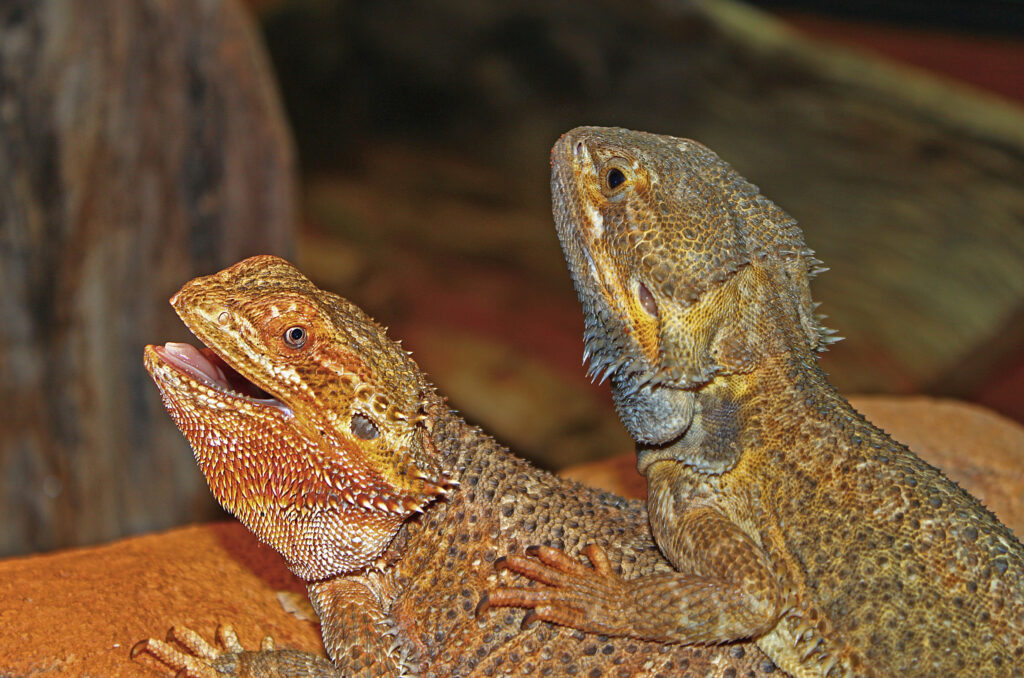
The central bearded dragon (Pogona vitticeps) of Australia demonstrates one of the most dramatic responses to climate change observed in reptiles: temperature-induced sex reversal. While many reptiles have temperature-dependent sex determination, bearded dragons possess genetic sex determination that can be overridden by high temperatures, turning genetically male embryos into functionally female lizards. Research has shown that at incubation temperatures above 90°F (32.5°C), up to 100% of genetically male dragons develop as females—a phenomenon increasingly observed in wild populations as temperatures rise. These sex-reversed females demonstrate enhanced fertility, laying almost twice as many eggs as genetic females, potentially providing an evolutionary advantage in warming climates. This remarkable flexibility might represent an adaptation that helps the species respond rapidly to changing environments, though scientists debate whether this mechanism will ultimately help or hinder these lizards’ long-term survival.
African Shovel-Nosed Frogs: Masters of Dormancy
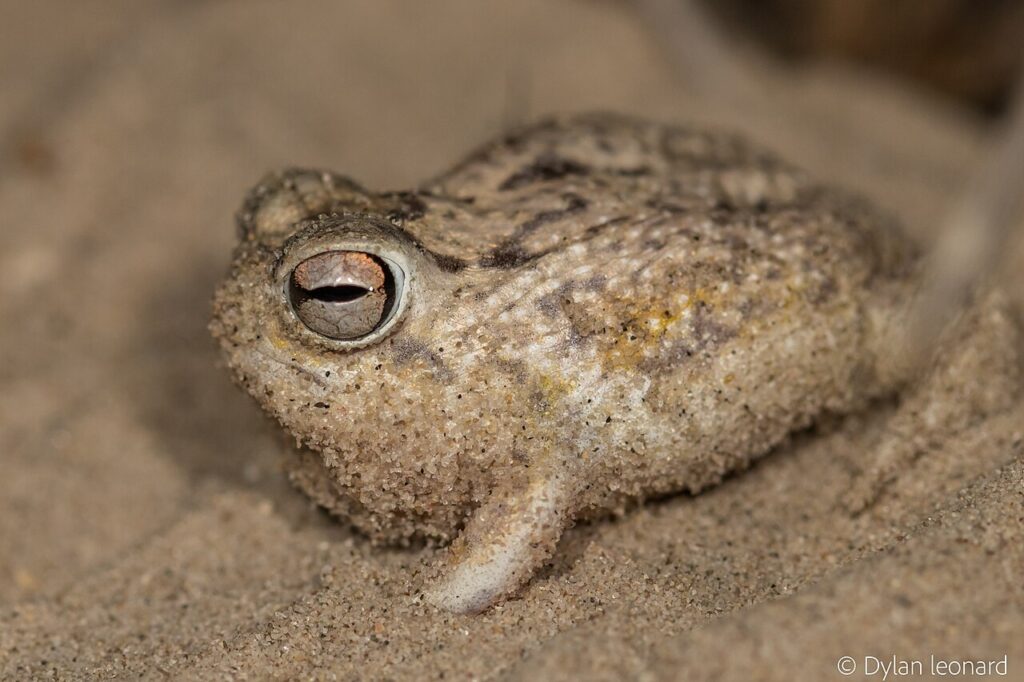
The desert rain frog (Breviceps macrops) of the Namib Desert exemplifies extreme adaptation to unpredictable rainfall patterns that may become more common worldwide with climate change. These peculiar-looking amphibians spend up to 10 months annually buried in sand dunes, emerging only after the rare desert rainfalls to breed explosively. They’ve evolved waterproof skin that prevents dehydration during extended dormancy and specialized hind feet that act as efficient shovels for rapid burrowing. Unlike many amphibians that require standing water for reproduction, these frogs complete their entire life cycle in arid environments by laying eggs in underground chambers where tadpoles develop directly into froglets without a free-swimming stage. As climate change brings more irregular precipitation patterns worldwide, species with this ability to synchronize their activity with unpredictable rainfall events may have advantages over those requiring consistent seasonal patterns.
Saharan Desert Monitor: Heat Tolerance Champions
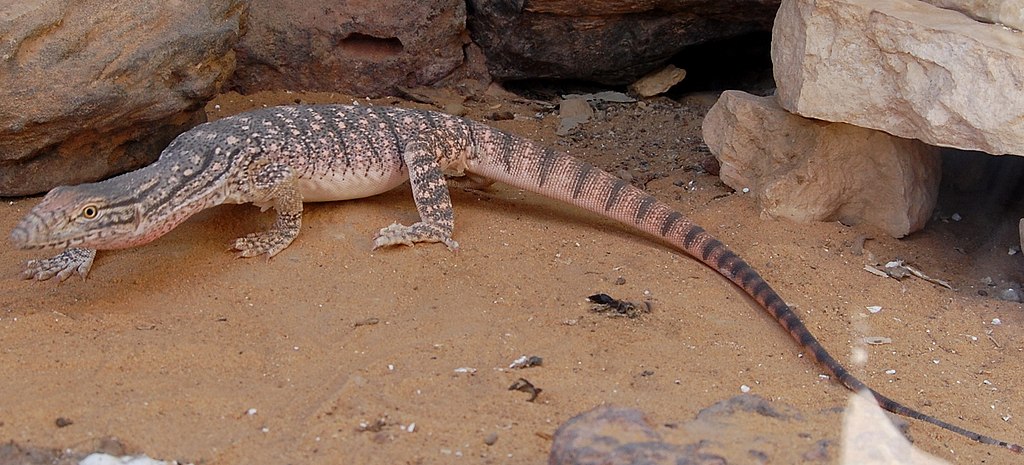
The desert monitor (Varanus griseus) thrives in the Sahara Desert where surface temperatures regularly exceed 140°F (60°C)—conditions lethal to most vertebrates. These impressive lizards manage extreme heat through a combination of behavioral adaptations including shifting activity to dawn and dusk, retreating to deep burrows during midday heat, and employing gular pumping—a rapid throat movement that increases evaporative cooling. Desert monitors possess remarkably efficient kidneys that produce concentrated urine, conserving precious water in their harsh environment. Their metabolic adaptability allows them to accumulate fat reserves during brief periods of prey abundance, then survive months without food during resource scarcity. While these adaptations have served them well through millennia of harsh desert conditions, climate models predict that even the Sahara may experience temperatures exceeding historical extremes, potentially testing the limits of even these heat-adapted specialists.
Cuban Crocodile: Saltwater Adaptability in a Changing World
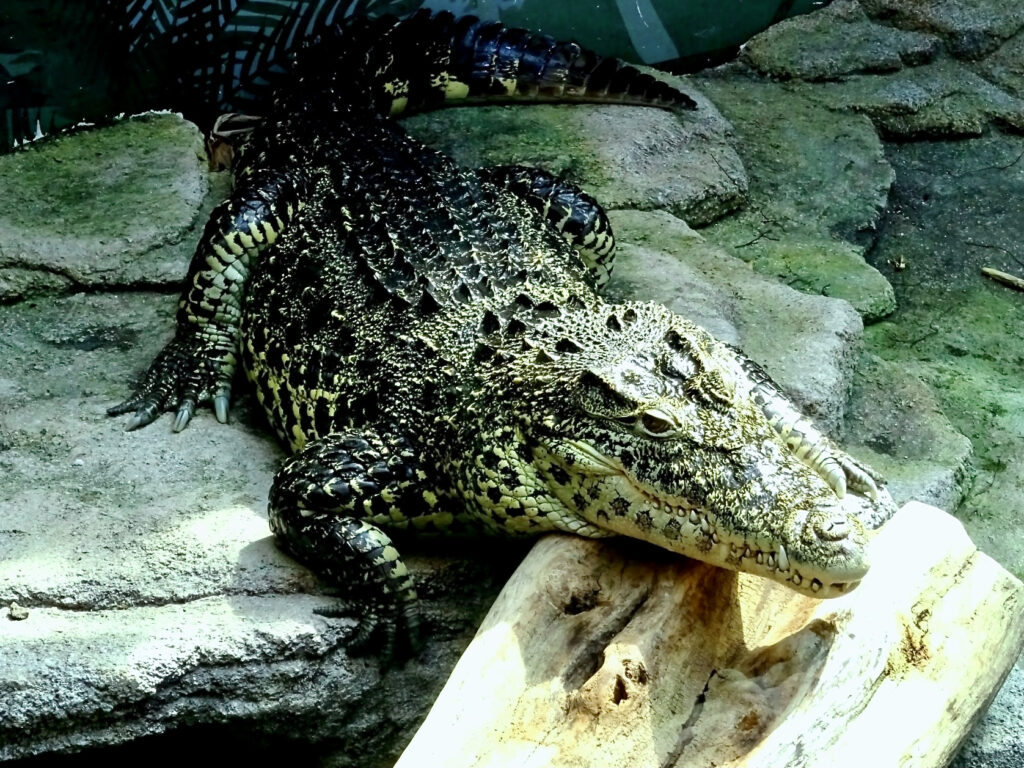
The Cuban crocodile (Crocodylus rhombifer) demonstrates remarkable adaptability to changing water conditions that may prove valuable as sea levels rise and saltwater intrusion threatens freshwater habitats worldwide. Unlike many crocodilians that require specific water salinities, Cuban crocodiles possess highly effective salt glands that allow them to move between freshwater and brackish environments without physiological stress. They exhibit unusually high intelligence among reptiles, with problem-solving abilities and social complexity that may facilitate behavioral responses to changing conditions. These medium-sized crocodiles have evolved powerful hind limbs that enable them to jump completely out of water and even gallop on land—unusual locomotion that allows them to hunt effectively in multiple environments. While their flexibility regarding water conditions might prove advantageous as coastal habitats transform, the Cuban crocodile faces serious anthropogenic threats that may overwhelm their adaptive potential.
The Limits of Adaptation: Will These Reptiles Survive?
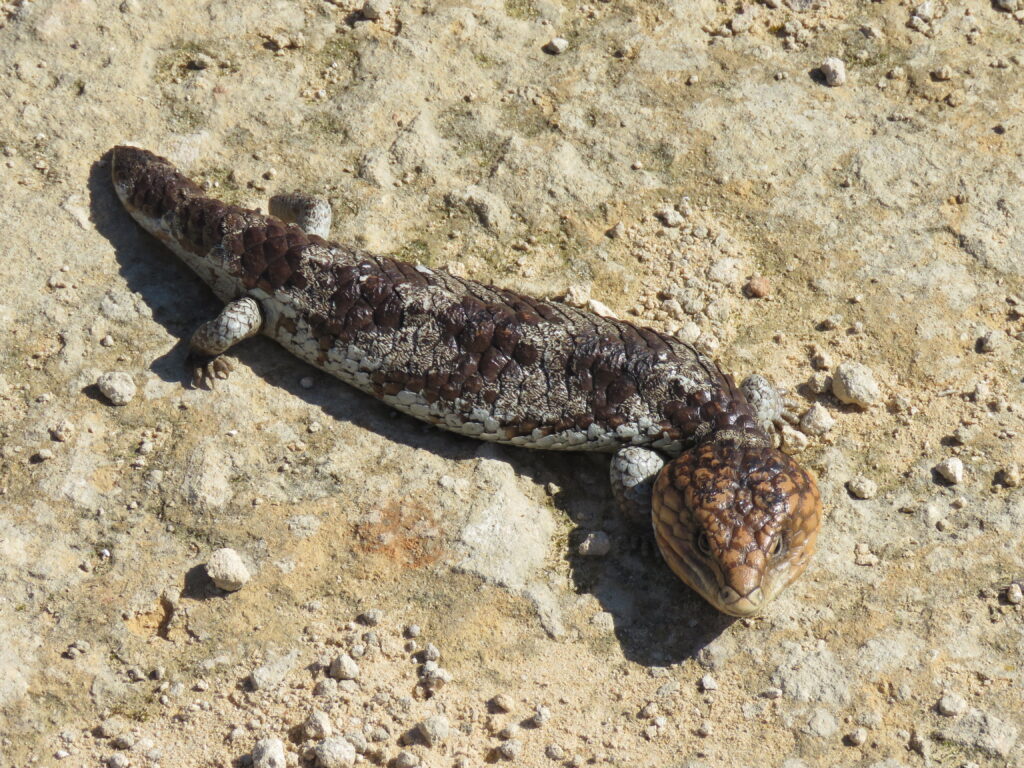
Despite reptiles’ impressive adaptations to environmental extremes, the unprecedented rate of current climate change raises serious questions about survival thresholds. Paleontological evidence suggests that while reptiles have weathered dramatic climate shifts over evolutionary time, these changes typically occurred over thousands or millions of years—not decades as we observe today. Research indicates that reptiles with specialized habitat requirements and limited dispersal abilities face the greatest risks, while generalists with broader environmental tolerances may fare better. An additional complication for many reptiles is temperature-dependent sex determination, which can produce severely skewed sex ratios when warming exceeds certain thresholds. While some species demonstrate remarkable physiological flexibility, others appear to be operating near their thermal maxima already, with limited capacity to adapt further as temperatures continue rising, suggesting that even the most resilient reptiles may face existential challenges if warming continues unabated.
Conservation Implications: Protecting Climate-Resilient Species
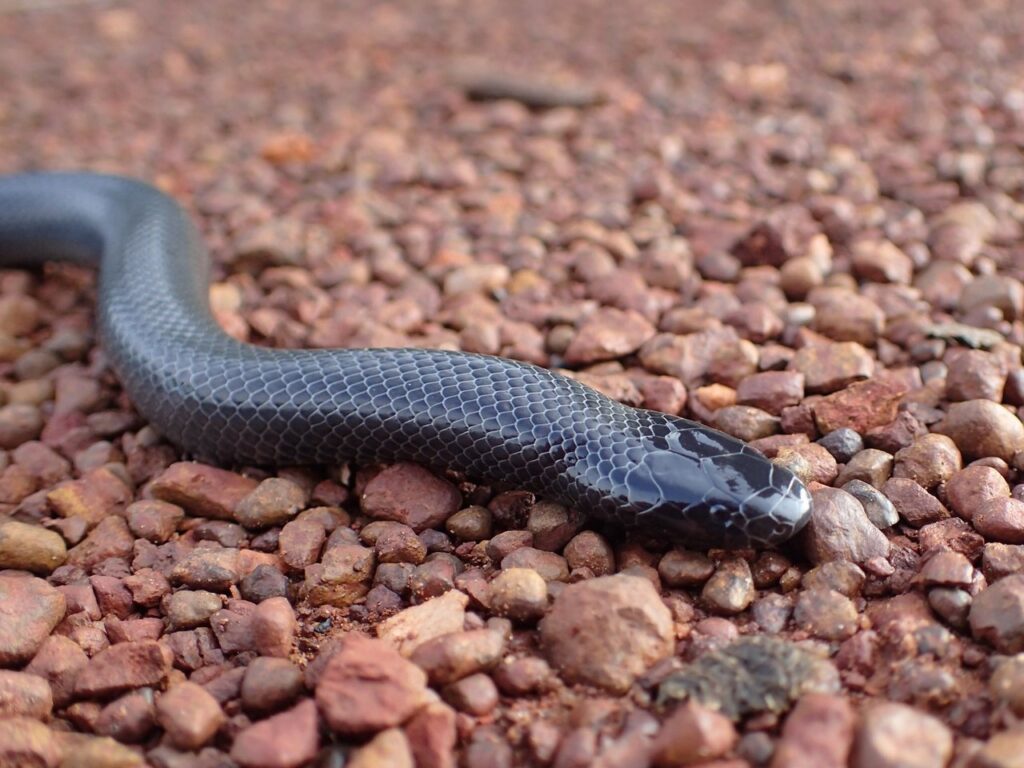
Understanding which reptiles demonstrate climate resilience carries important implications for conservation prioritization in a warming world. Researchers are increasingly identifying and protecting “climate refugia”—areas where local conditions may buffer against broader climate changes, providing havens for vulnerable species. Captive breeding programs for climate-threatened reptiles increasingly incorporate strategies to maintain genetic diversity that might enhance adaptive potential, while assisted migration programs carefully evaluate whether relocating populations to more suitable habitats might be appropriate for species with limited dispersal abilities. Conservation scientists emphasize that even highly adapted reptiles require intact habitat corridors to track shifting climate zones, highlighting the importance of landscape-scale conservation planning. Perhaps most importantly, these remarkable climate survivors remind us that while some species possess extraordinary adaptability, the most effective conservation strategy remains aggressive mitigation of greenhouse gas emissions to limit the magnitude of climate change that even the most resilient species must face.
Conclusion
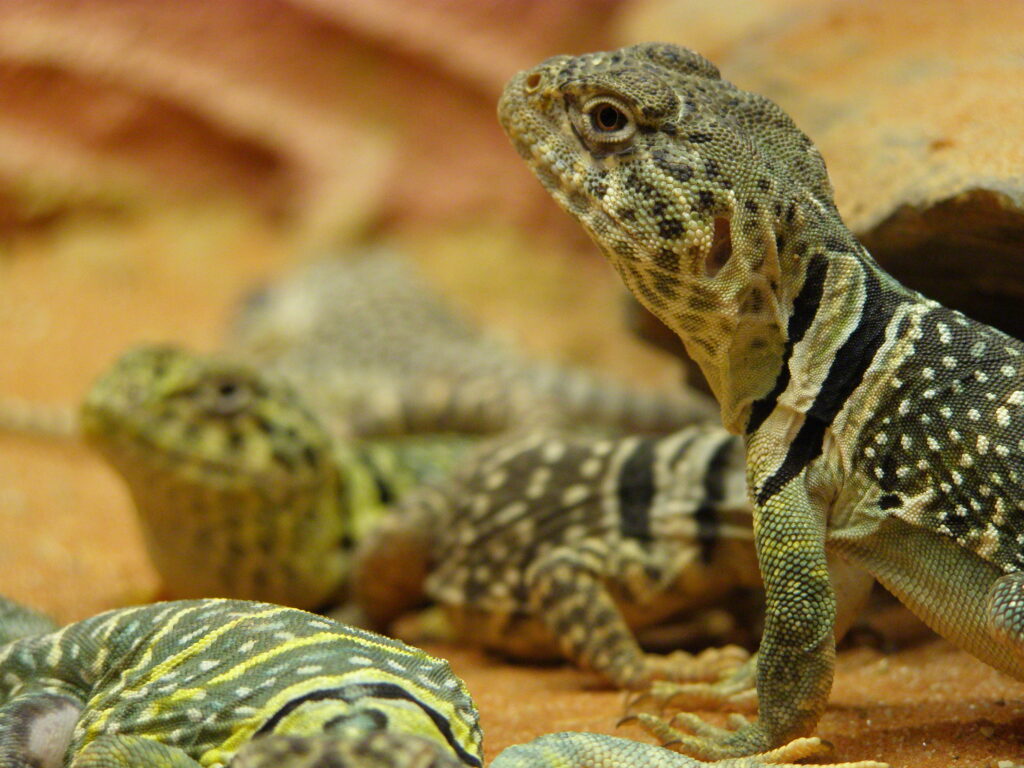
The remarkable adaptations that have enabled reptiles to survive in Earth’s most extreme environments showcase nature’s extraordinary capacity for resilience. From water-collecting desert lizards to freeze-tolerant frogs, these species have evolved specialized solutions to environmental challenges over millions of years. While some may leverage their adaptability to navigate our changing climate, others already operate at the edge of their physiological tolerance with limited capacity to respond to further warming. The stories of these extreme climate survivors offer both inspiration and warning—evidence of life’s tenacity, but also sobering reminders that adaptation requires time that rapid anthropogenic climate change may not provide. By studying these remarkable reptiles, we gain insight into biological resilience while acknowledging that even the most adaptable species face limits that underscore the urgency of climate action to preserve the extraordinary biodiversity that enriches our planet.

